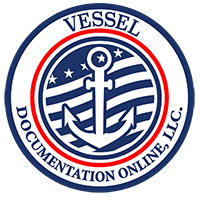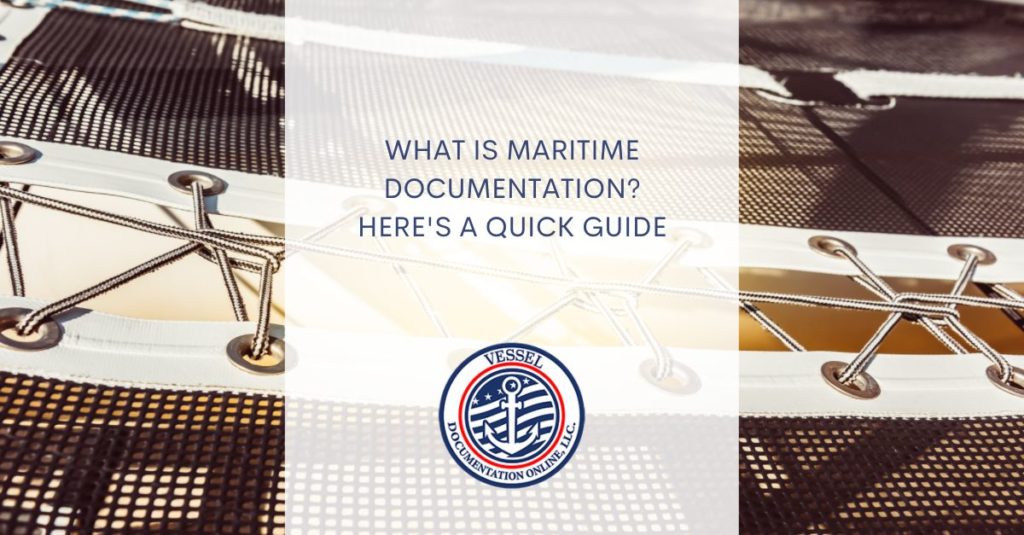Proper maritime documentation is a need for everyone who owns a boat or other watercraft. Picking up a vessel means you agree to terms with the government that controls every aspect of your ownership. If you’re the owner of a ship, you need to know the meaning of each shipping paperwork. Your ownership of property is affected by each document, and this knowledge is necessary for both insurance and tax reasons. If you own a boat, you may choose whether or not to get it recorded. There are both benefits and drawbacks to documenting your vessel while making this choice.
Having a vessel registered in the United States flagged registry should contain the following: It has to be registered in a country with a recognized registry whose laws and administrative processes apply to the boat. Individuals who deal with marine documents have a specialized industry similar to legal document users and other process implementers. Our knowledge of nautical documentation is limited, and it might be challenging to decipher the many sorts of paperwork. As a result, our team of knowledgeable professionals has put together this short guide to assist you.

Certificates of Registry (COR)
Certificates of Registry (COR) are among the most crucial components of owning a vessel, and the government issues them. The United States Coast Guard (USCG) issues Certificates of Registry (COR) to vessels registered in the United States or another nation. It simply means that the boat is registered in the United States, but it doesn’t confer any additional rights on the owner.
In the United States, for example, when a boat is registered or listed with a US government agency, it typically indicates that the boat will be protected by US law and eligible for safety advantages and other benefits. However, if a COR was not given, it is generally assumed that the ship’s owner does not have limitless responsibility in this situation.
Reinstatement as One of the Maritime Documentation
Your shipment should be covered if you’re the owner or shipper. An experienced maritime surveyor will tell you about this, and it may even be required if you’re going to be taking on the role of ship charterer. Reinstatement plans are often available as an add-on to conventional marine insurance policies from most marine insurers. It is necessary to reinstate a ship whose papers have expired.
Even though a vessel may have been off the market, it may still be required to be re-registered. Changing the ownership of a vessel may necessitate reinstating the registration. In order to reinstate a vessel’s documentation, you must pay a charge based on the papers you need. An ownership change is the most prevalent reason, although other reasons include nationality change, real estate mortgage changes, and even changes in marital status.
The USCG Certificate of Documentation
For vessels to do commerce abroad, the US Coast Guard issues a Certificate of Documentation. Documentation of a vessel’s CoC allows it to travel beyond specified areas of foreign water that would not be permitted if not recorded (usually issued by a USCG office in the maritime jurisdiction). The completion of all regulatory paperwork and the fulfillment of all legal criteria are implied by this document, which permits your ship to travel safely overseas according to texas.gov.
The CoC allows you to operate your ship in many other nations lawfully. It confirms that the vessel is insured for liability, is seaworthy, and complies with all US Coast Guard requirements. USCG ensures that paperwork complies with the International Convention on Standards of Training, Certification, and Watchkeeping for Seafarers (STCW). Sailboats and powerboats both have identifying numbers assigned by the US Coast Guard.
The Certification of Inspection
The Coast Guard gives a certification of inspection (COI) to a ship’s master; it is an official document stating that the ship has been examined and fulfills specified requirements. The Coast Guard provides it after receiving notification that the vessel is ready for operation. The vessel’s owner or operator may use it to engage in an insurance contract with a government entity. You’ve probably heard that the first step in arranging a fishing trip is submitting for a new vessel inspection.
This is correct. You must first apply for this certification before you can even begin to arrange your fishing excursion. The sort of inspection you request will decide the type of fishing equipment you are permitted to use. COIs are classified into two categories. In contrast to the General COI, which is solely applicable to foreign-flagged vessels, the Specific type COI applies to foreign and United States-flagged boats.
What matters most is whether or not you have the data you need. In order to protect yourself and your vessel after the sale, maritime documentation is a must-have for anybody looking to buy a ship. All of your requirements may be met at vessel documentation online, LLC. However, if you have any questions, please don’t hesitate to call us at (800) 340-7580. To ensure that your time with us is a pleasant one, don’t hesitate to contact us with any questions or concerns you may have.




